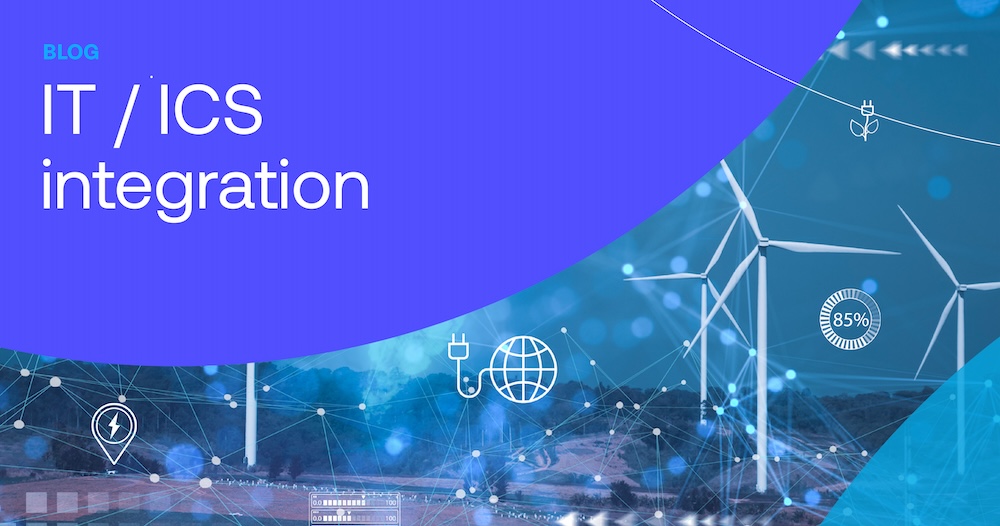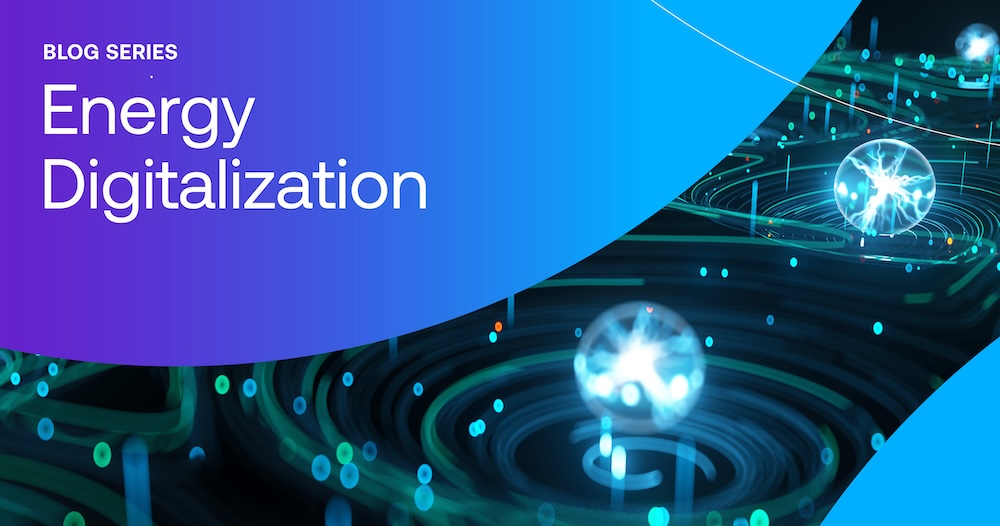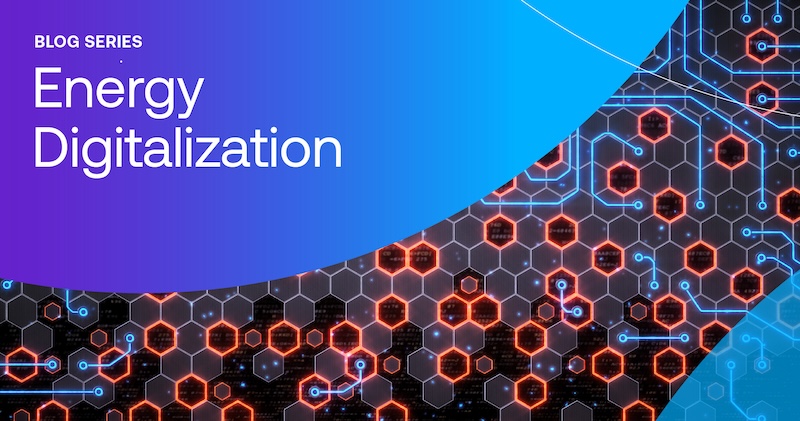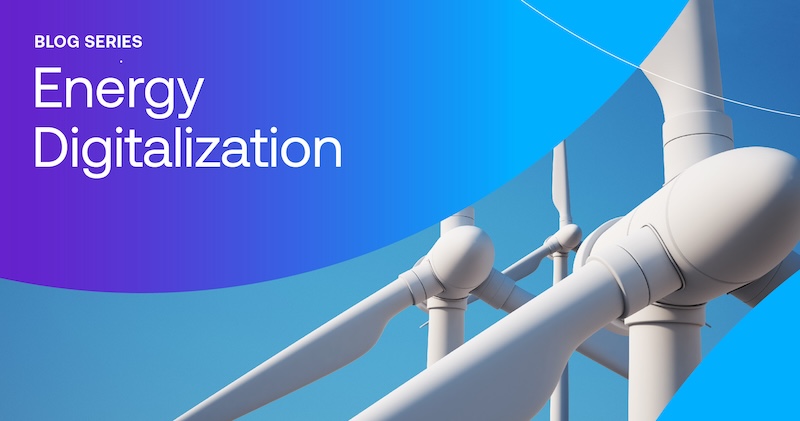Discover what it takes to migrate to greater data interoperability, scalability, and data trust
Your business is transforming fast. In a few years you may likely be relying purely on Internet of Things IoT and software platforms for the day to day activities of your energy plant. Data will flow left and right, flooding all your AI tools with enormous amounts of useful information and you have to be sure you can collect it safely, share it efficiently, and ensure it is fully authenticated. Furthermore, the IoT devices that collect your valuable digital data also need authentication and must integrate seamlessly with your digital infrastructure and industrial processes.
There are two main components in your digital infrastructure and you must consider how to manage their convergence in your business efficiently. The convergence of IT iInformation technology) and ICS (industrial control systems) in the energy sector brings numerous benefits but also comes with its challenges. I am going to give you a quick introduction on what to consider as you proceed in your digital transformation journey.
Connecting traditionally isolated ICS to IT networks can expose critical infrastructure to cyber threats. Air gapping is not the best solution and amalgamating disparate networks and devices is not either. You need to implement robust cybersecurity measures, including firewalls, intrusion detection systems, and regular security assessments. Techniques like network segmentation, unlike air gapping, isolate critical systems from the broader IT network without separating from it.
Many ICS components are old and not designed with modern cybersecurity in mind. So it’s probably a good time to consider investing in upgrading or replacing legacy systems with more secure and up-to-date technologies. This is not a one time thing, however, you need to implement security patches and updates regularly.
Integrating diverse and distributed control systems (DCS) and protocols can be complex, but adopting industry standards and protocols for better interoperability can help organize your infrastructure to fit the needs of the industry as a whole and can help you stay revenue resilient as you scale your infrastructure.
Managing and analyzing large volumes of real-time data from both IT and ICS sources can be overwhelming without the right interoperability approach and technology. Implementing data analytics and visualization tools, like Intertrust VOX, to orchestrate devices and data is a proven approach that also scales as you grow. . Cloud-based solutions for scalable data storage and processing in conjunction with platform tools can talk to all your devices and help meet your security challenges by ensuring all the data collected comes from reliable sources.
Authenticating your data will help you secure it and meet regulatory and compliance goals. Meeting regulatory requirements in both IT and control functions can be challenging, but by developing a comprehensive compliance strategy that addresses the specific needs of IT and ICS you can regularly audit your information and update compliance measures adequately.
When considering how to build your digital business foundation for the future, remember that the kernel of integrating ICS and IT systems is seamless secure interoperability. That is to say, all hardware and software must connect effectively, all systems must have the right level of security. and all your digital infrastructure components need to be compatible with each other or must have a solution that can act as a hub to adapt and communicate with all of them.
About Hebberly Ahatlan
Hebberly Ahatlan is a marketing leader with 15 years of experience in the tech industry developing go to market strategies. Early in his Silicon Valley career, he played key roles in promoting new generations of power management devices that fueled the miniaturization of portable devices such as mobile phones. Most recently, he focuses on strategies to amplify awareness of SaaS solutions across B2B markets with messaging that deepens brand recognition globally.




